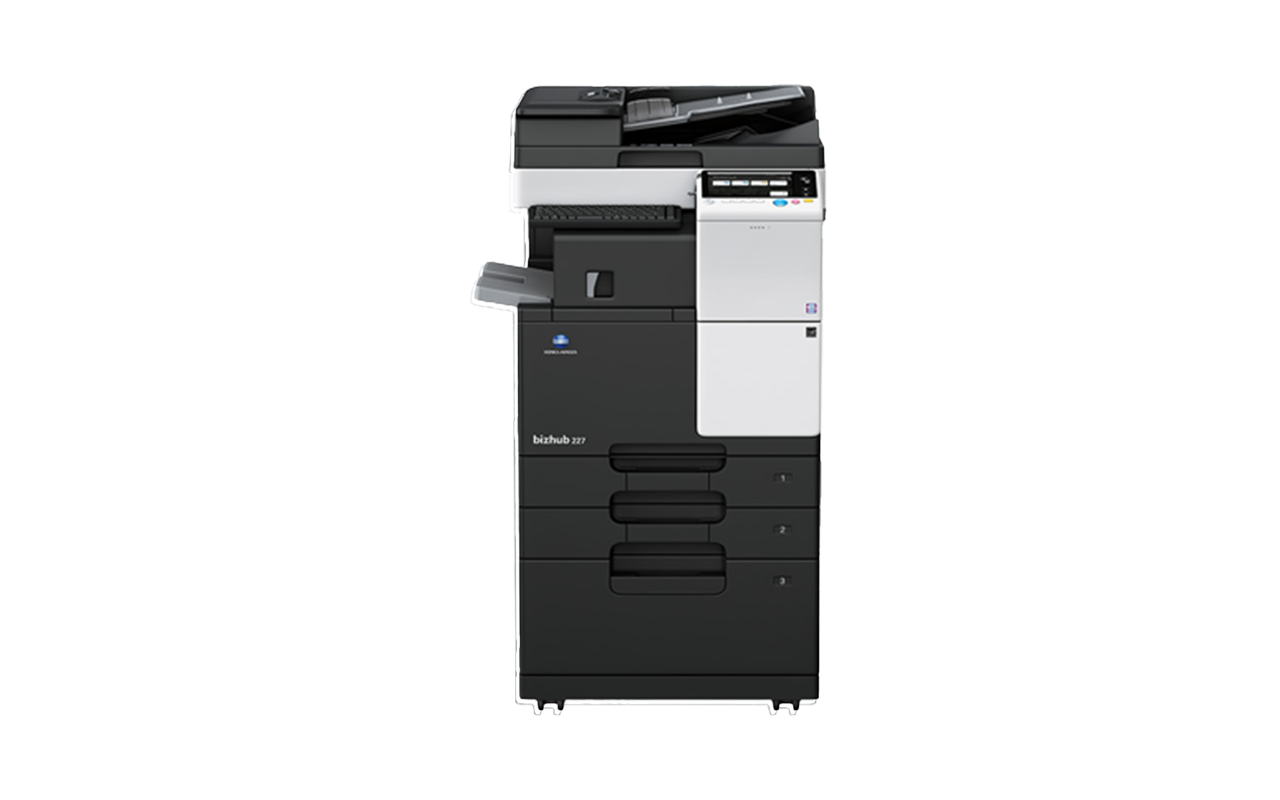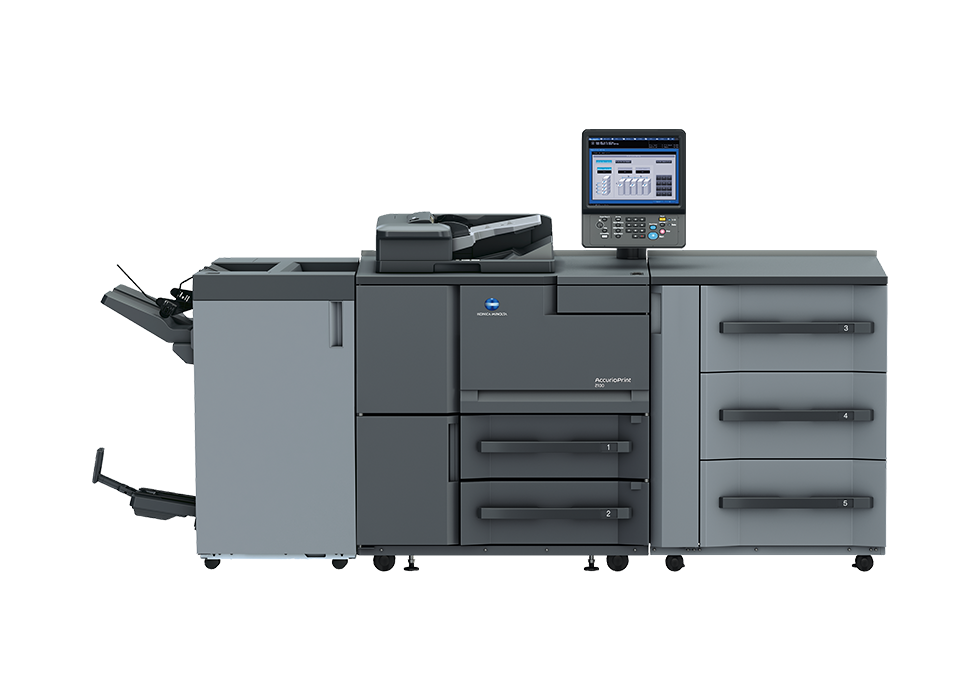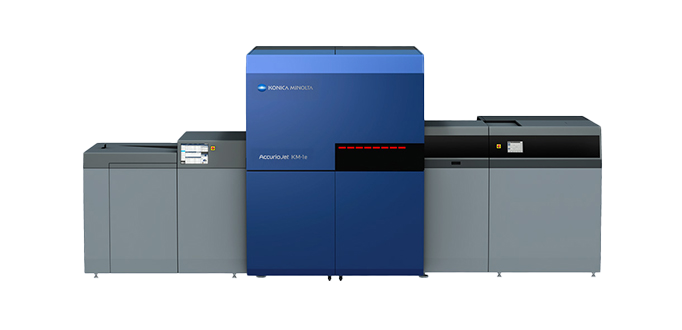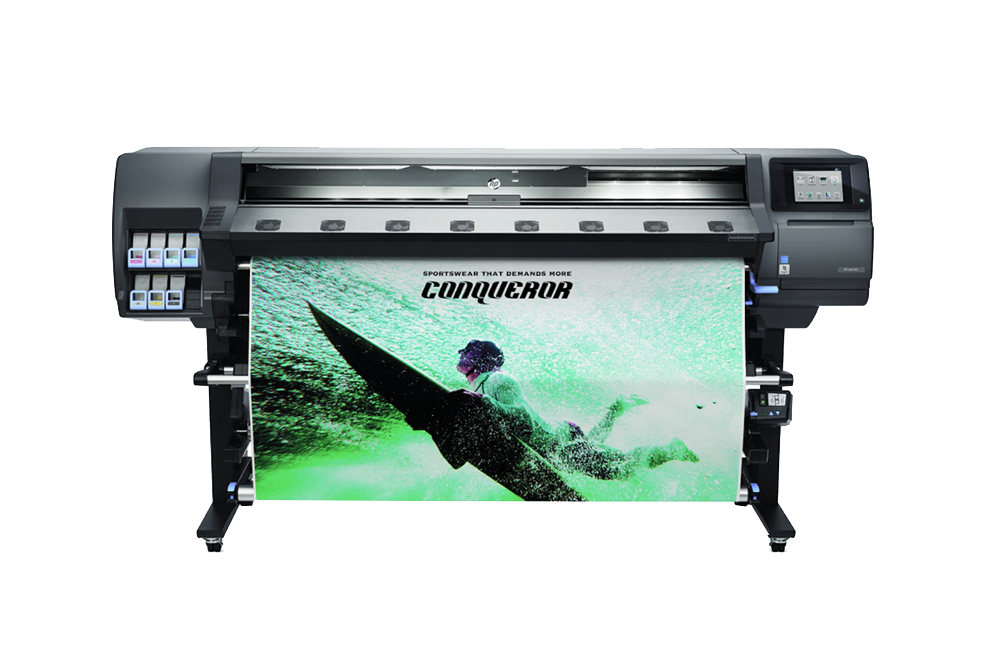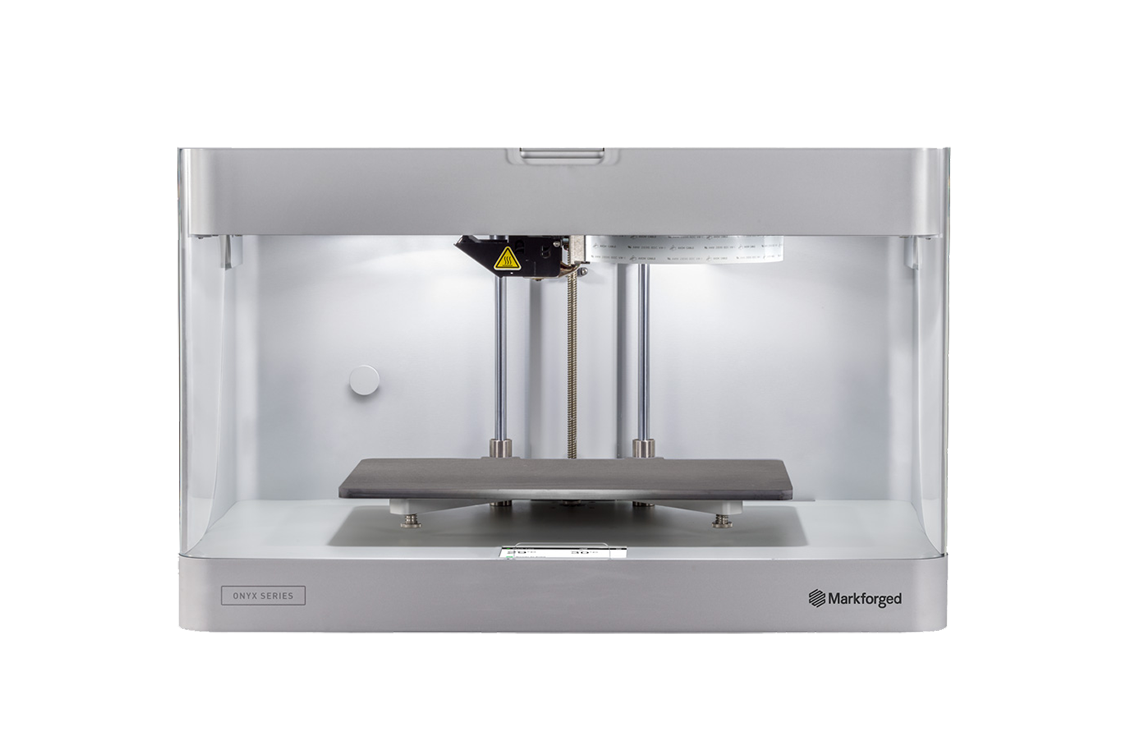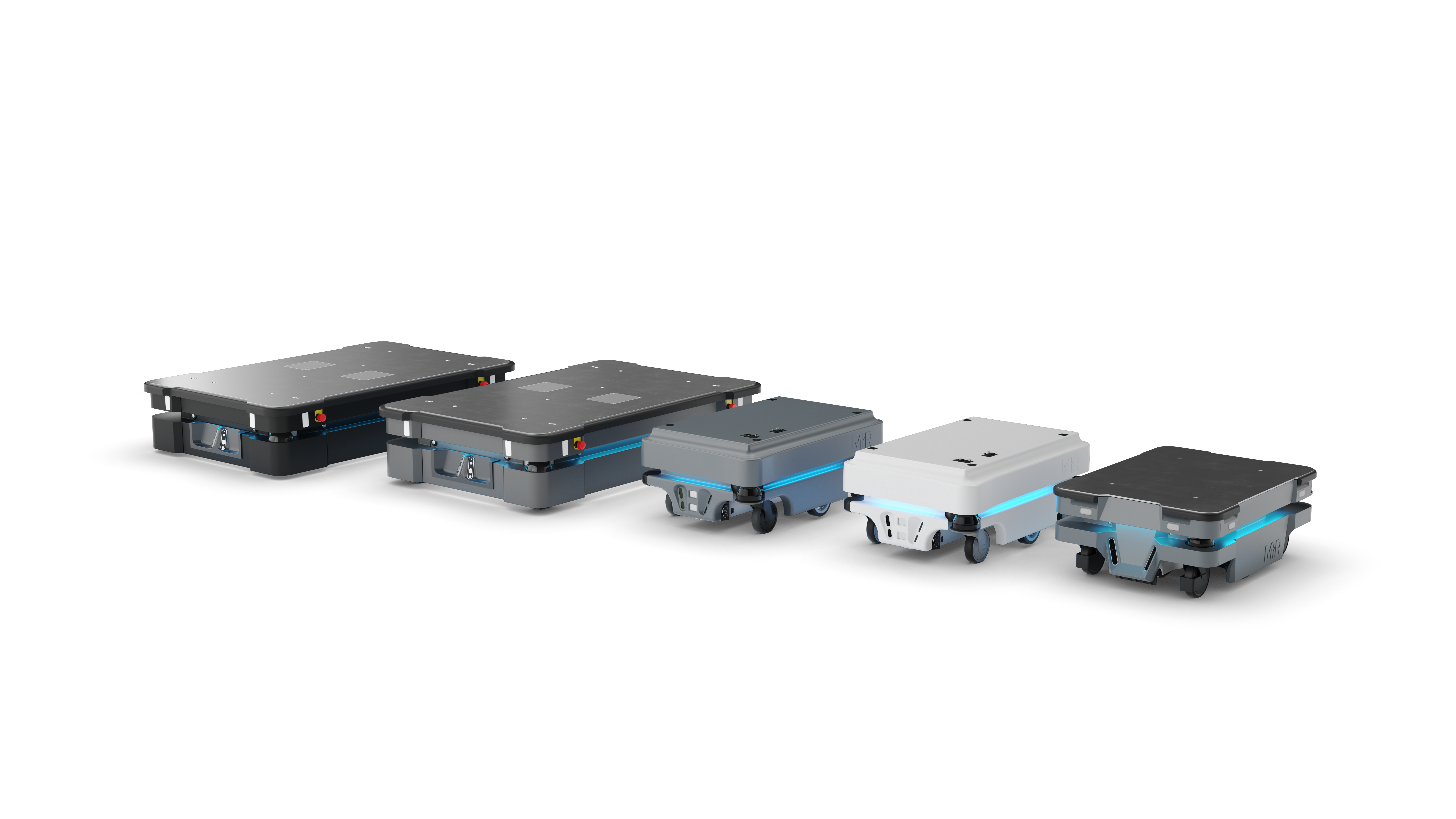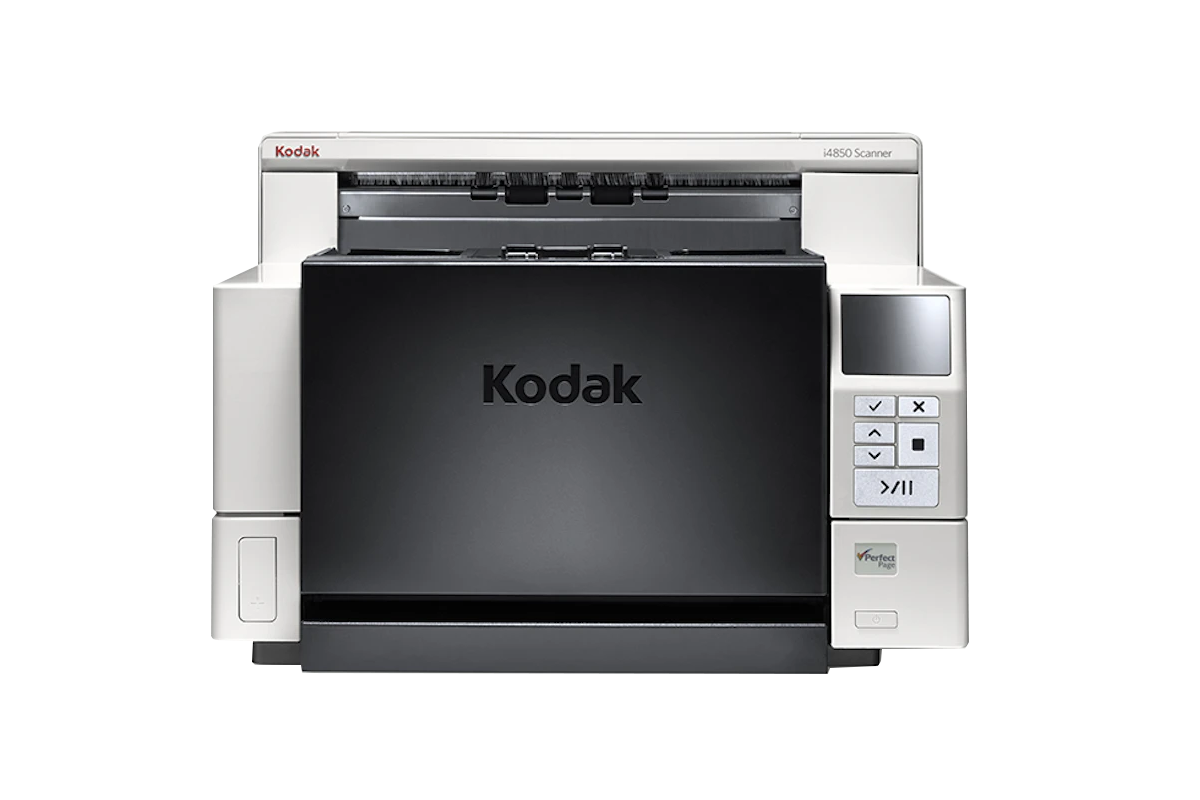- Deliver innovative STEM curriculum
- Reliable 3D Printing technology and Service support
Without a robust and reliable professional-level 3D printer that produces high resolution full colour parts, MCA wouldn’t have been able to offer a rich, experience-led program for students, and bring to life innovation principles such as design thinking.
With the growing importance of science, technology, engineering, and mathematics (STEM) subjects, Marist College Ashgrove (MCA) needed to review its 3D printing capabilities. Having had 3D printers for the best part of a decade, the College was committed to preparing its students for real-world applications such as industrial design.
Furthermore, the impending adoption of a new curriculum meant tech studies and senior graphics were being merged into a single subject. For the College to maintain strong educational outcomes and be competitive, it needed to ensure it could offer students the latest in colour 3D printing.
Marist College Ashgrove’s ITD Coordinator and Senior Supervisor, Andrew Devoy, said, “In the old days students would be lucky to access a laser printer. Today, it’s essential for them to be able to see and use technology. Australia is a design-focused country because our manufacturing industry can’t compete on cost, so we need students to be well-prepared for ongoing innovation and change.”
